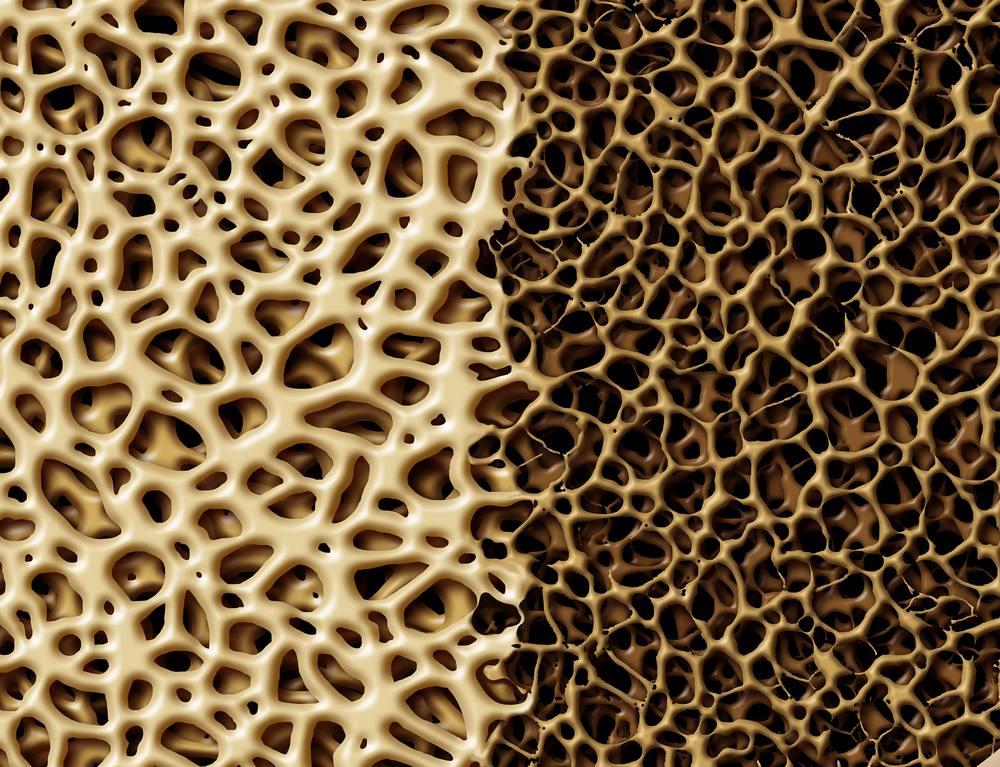
A recent study, affiliated with UNIST has developed a new method of repairing injured bone using stem cells from human bone marrow and a carbon material with photocatalytic properties, which could lead to powerful treatments for skeletal system injuries, such as fractures or periodontal disease.
This research has been jointly conducted by Professor Youngkyo Seo of Life Sciences and Dr. Jitendra N. Tiwari of Chemistry in collaboration with Professor Kwang S. Kim of Natural Science, Professor Pann-Ghill Suh of Life Sciences, and seven other researchers from UNIST.
In the study, the research team reported that red-light absorbing carbon nitride (C?N?) sheets lead to remarkable proliferation and osteogenic differentiation by runt-related transcription factor 2 (Runx2) activation, a key transcription factor associated with osteoblast differentiation.
The results of the study has been published in the January issue of ACS Nano journal. The research team expects this breakthrough could lead to enhancement of bone regeneration.
The use of human bone marrow-derived mesenchymal stem cells (hBMSCs) has been tried successfully in fracture treatment due to their potential to regenerate bone in patients who have lost large areas of bone from either disease or trauma. Recently, many attempts have been made to enhance the function of stem cells using carbon nanotubes, graphenes, and nano-oxides.
In the study, Professor Kim and Professor Suh examined the C?N?sheets. They discovered that this material absorbs red light and then emits fluorescence, which can be used to speed up bone regeneration. Professor Kim’s team synthesized carbon nitrogen derivatives from melamine compounds. Then, they analyzed the light-absorbing characteristics of C?N?sheets at a wavelength range of 455-635 nanometers (nm). As a result, the C?N?sheets were found to emit fluorescence at the wavelength of 635 nm when exposed to red light in a liquid state. At this time, the released electrons induced calcium to accumulate in the cytoplasm.
Professor Suh conducted a biomedical application of this material. First, stem cells and cancer cells were cultured in a medium containing 200 μg/ml of C?N?sheets. After two days of testing, the material showed no cytotoxicity, making it useful as biomaterials.
It was also confirmed that C?N?sheets act on stem cells to differentiate into osteoblasts to promote mineral formation. In this process, the osteogenic differentiation marker genes (ALP, BSP, and OCN) proliferated. Moreover, the Rux2 (Runt-related transcription factor 2), a key factor in osteoblast differentiation was also activated. This resulted in the increased osteoblast differentiation and accelerated bone formation.
“This research has opened up the possibility of developing a new medicine that effectively treats skeletal injuries, such as fractures and osteoporosis,” said Professor Young-Kyo Seo. “It will be a very useful tool for making artificial joints and teeth with the use of 3D printing.”
He adds, “This is an important milestone in the analysis of biomechanical functions needed for the development of biomaterials, including adjuvants for hard tissues such as damaged bones and teeth.”
The research team expects that their findings affirm the potential of C?N?sheets in developing bone formation and directing hBMSCs toward bone regeneration.
Filed Under: Drug Discovery




